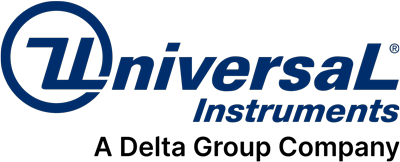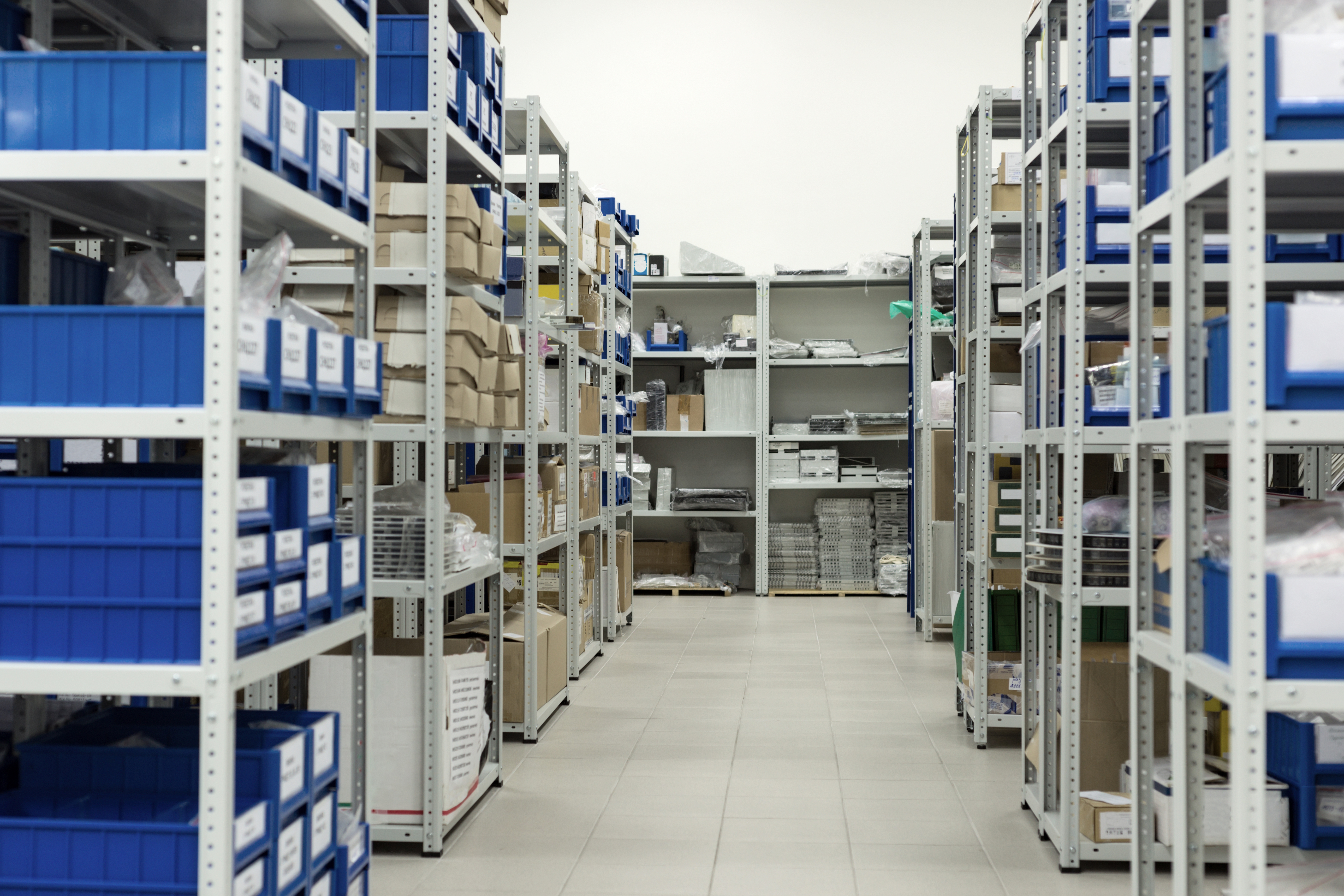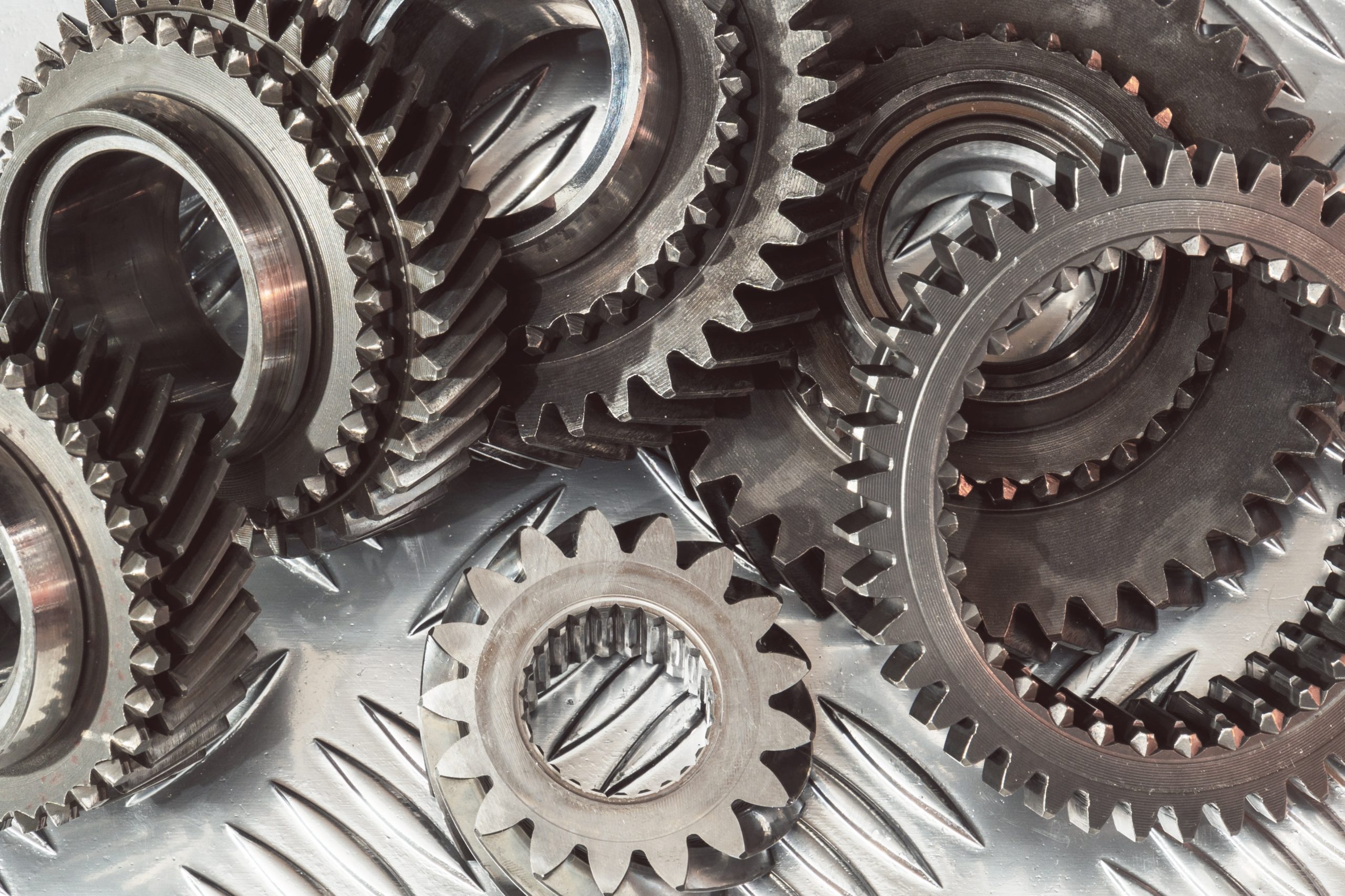[section background_repeat=”repeat” background_position=”center top” background_attachment=”static” background_scroll=”none”]
January 29, 2015 – There are some inherent limitations of traditional low force method that is increasingly prevalent as bump I/O count and overall package size became progressively smaller. For this reason it is necessary to take a different and more robust approach. The traditional method addressed the normalized load on the component during placement, but it cannot effectively account for the initial impact spike. The largest factor in the spike is the combined mass of the spindle and nozzle assemblies. It is therefore necessary to investigate ways to reduce the overall moving mass. The new design by Universal Instruments is aptly named LMR (Low Mass Redesign). In addition to having a lower mass, there are other advantages:
- Force range is 30g – 2500g, as compared to 20g – 90g and 150g – 2500g.
- Bulky low force nozzles are no longer necessary. This translates to a cost savings.
- The impact sensors can be used and are adjusted to trigger at approximately 30g. Small substrate height variations no longer have an influence on the actual placement force.
- Extremely concentric – very little spindle run out during rotation, giving better accuracy at pickup and placement.
- Initial impact spike reduced by approximately 70% (when incorporated with reduced velocity).
The nozzle simply slips onto the shaft and a groove on one side aligns to a pin on the collar. Additionally, the LMR spindle uses the impact sensor to detect touch down and therefore does not need a spring assembly like the Low Force nozzle. This translates to lower cost per nozzle.
Slew Rates
LMR spindles address the moving mass issue, but by reducing the velocity of the placement tool the impact spike could be further reduced. In the past, one option employed to reduce the impact spike was to reduce the slew parameters of the spindle. However, slowing the slew rate comes at a price. We gain a reduced impact spike, but the cycle time suffers.
Slew rate is the velocity and acceleration of the spindle over a given distance above the board. Basically, when placing components the spindles typically drive at maximum velocity and acceleration for much the Z-travel. At set distance above board height the machine control software transitions the spindle into a slew mode with a controlled deceleration and reduced velocity. The impact force is thereby reduced. From a manufacturing perspective even small changes to machine throughput can have a considerable impact on overall line performance.
It is therefore necessary to adjust the slew rate to achieve maximum spike reduction while maintaining a minimal impact to overall machine throughput. To do this slew parameters should be optimised to enable the spindles to drive at maximum speeds through much of the Z move before decelerating. This, coupled with active impact sensing will translate to a controlled, repeatable low force placement with minimal bump damage and improved product yield.
Summary
The overall objective in DCA (Direct Chip Attach) is to apply ample force to coin the bumps to approximately the same height while at the same time ensuring that maximum bump height is obtained thus keeping the die surface away from the flux. Empirical data shows that at 300 total grams or 37.5g per bump (8 bump die) the bump height would be approximately 95μm. It also appears that as we approach the 1250g total force or 156g of force per bump (8 bump die) we are encroaching the ‘Danger Zone’ where the bump height could be lower than the max flux thickness. At 156g the bump height decreases to approximately 55μm, which is roughly half the starting bump height or just above the 50.4μm maximum flux thickness. The LMR spindle has approximately 1/3 the impact force than the original standard spindle (170g vs. 600g). The LMR is also capable of providing a minimum of 30g programmable placement force vs. the 150g for the standard spindle. Thus the LMR spindle is preferred over the standard spindle when placing small, low bump count flip chip die.
For more information about Universal Instruments’ Advanced Packaging solutions, visit https://www.uic.com/solutions/advanced-packaging/ or contact Adi Merschon (+1-408-205-6555/ Adi.Merschon@uic.com).
[/section]



